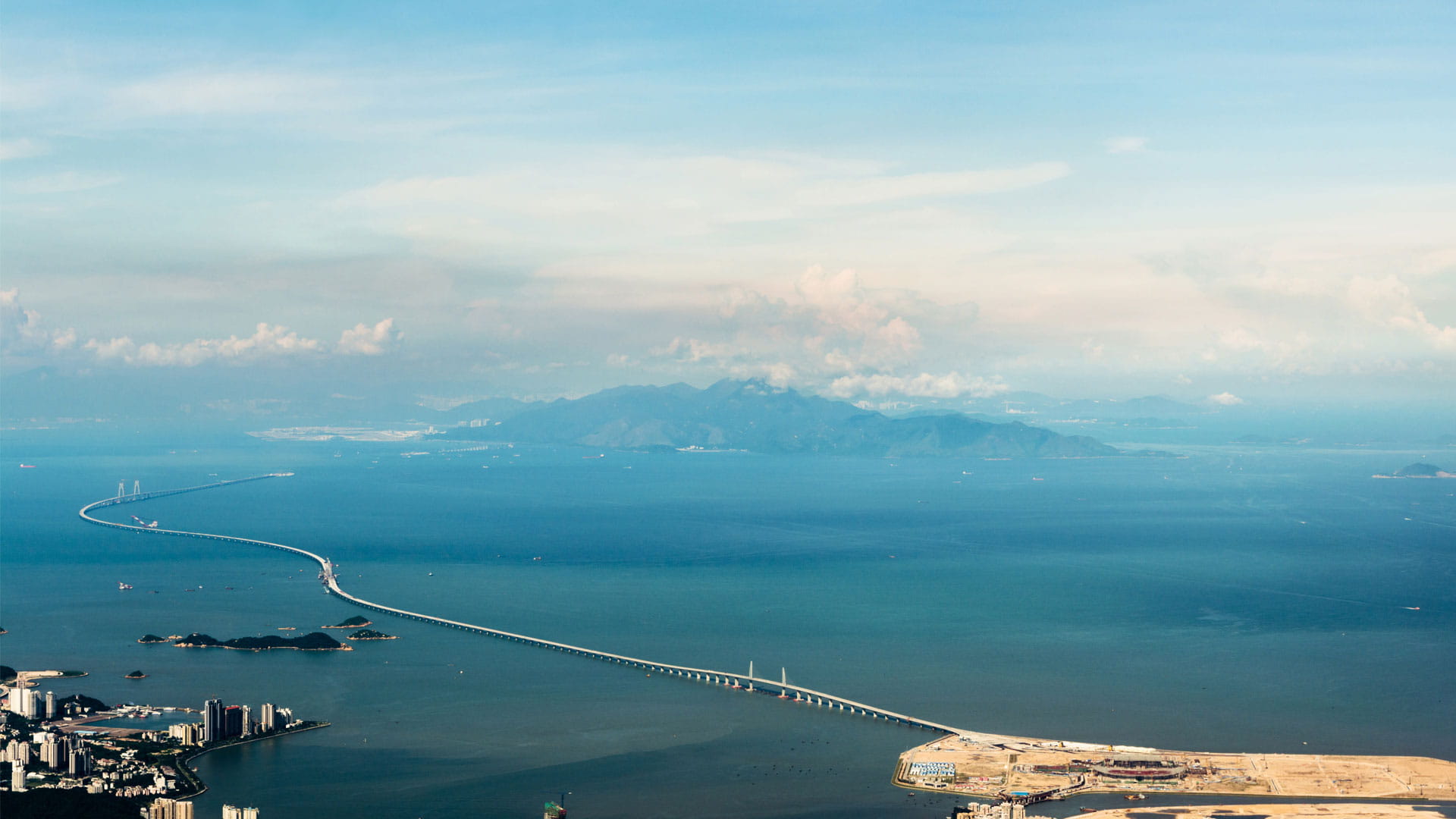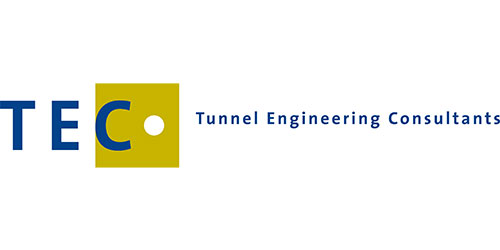Hong Kong Zhuhai Macao bridge
Incorporating the largest and one of the deepest immersed tunnels in the world, the Hong Kong Zhuhai Macao Bridge (HZMB) Link in China is set to be an iconic piece of architecture and engineering.

0Wide span of lanes
0Below sea level
0Tonne shipping vessels
Extending the limits of tunnelling
Comprising a 35 kilometre bridge/tunnel combination with two artificial islands that provide the transition between the bridges and the tunnel, it will link the important Chinese economic centres of Hong Kong, Macao and the Chinese mainland, improving trade by reducing travel time between the three centres.As the lead tunnel consultant, Tunnel Engineering Consultants (TEC), a permanent joint venture between Royal HaskoningDHV and Witteveen & Bos, is understandably delighted to be involved in this development, using their vast expertise in immersed tunnel design to advise the Chinese Client’s organisation throughout the entire design and construction lifecycle.
Of course, building a bridge/tunnel of this nature is no mean feat. As TEC Managing Director, Hans de Wit explains, the tunnel has to accommodate three lanes of traffic in each direction and will therefore have extremely wide spans of nearly 15 metres. Furthermore, it will also be situated some 40 metres below sea level, to ensure the future passage of 300,000 tonne shipping vessels on the Pearl River, which require it to bear large water and ground loads.
Underwater construction
“The tunnel essentially consists of a set of inter-connected pre-built concrete ‘boxes’ measuring 180 metres in length, 11.5 metres in height and 40 metres in width,” explains Hans. “Weighing over 75,000 tonnes, these tunnel elements are the world’s largest and are transported afloat from the production site, to the project location. They are then connected together on the seabed using special rubber seals to make the connection watertight. When the temporary tunnel ends have being knocked through one continuous structure is created.”As if that’s not enough, adverse offshore conditions for transport and immersion have to be met and a design life of 120 years in a severe marine environment has to be ensured, making this a uniquely challenging development. “TEC is very much extending the limits of tunnelling with this venture,” says Hans.
Beyond the immediate tunnel design, the connecting islands are also highly innovative in environmental landscaping design, whilst at the same time addressing carefully the hydraulic impact on the sensitive Pearl River Delta. With a surface area of 625 metres by 160 metres they not only serve as a transition between the bridge and the tunnel but also provide space for the tunnel service buildings and a spectacular lookout point for travellers. Safety is naturally of paramount importance with a state of the art traffic management system, advanced ventilation systems and road safety strategy already developed.
Landmark of the future
With work currently taking place on the Hong Kong Zhuhai Macao link, the tunnel is set to be finished in 2016; however, Hans is in no doubt that it will become a major architectural and engineering landmark.“As one of the leading ventures in the field of tunnel design, this development was ‘a must’ for TEC to become involved in,” he says. “We’re dealing with some very challenging issues whilst at the same time, delivering ground breaking construction and safety solutions.”
TEC as the Clients’ Lead Tunnel Consultant has supported us to extend the limits of immersed tunnelling, making the apparently impossible become reality. We’re delighted with progress so far and cannot wait to see the end results.
Project facts
- ClientHZMB Authority
- LocationHong Kong, China, Macao
- Date2012 - 2014
- SolutionDelivering ground breaking construction and safety solutions
- ChallengeThe tunnel has to accommodate three lanes of traffic in each direction and will therefore have extremely wide spans of nearly 15 metres. It will be situated 40 metres below sea level
